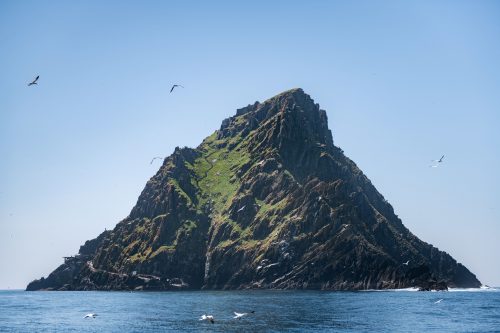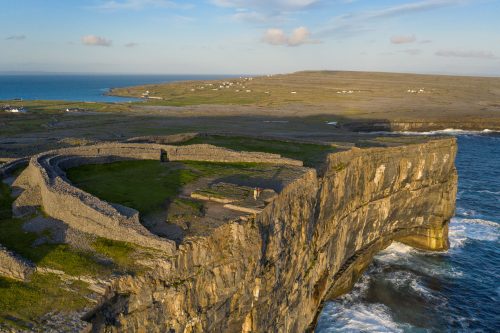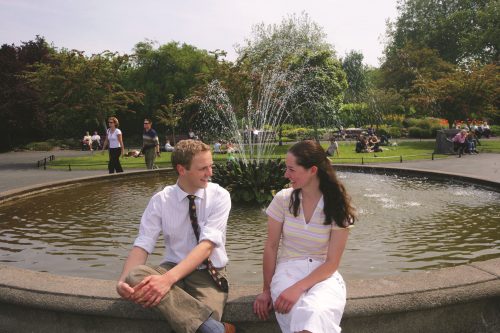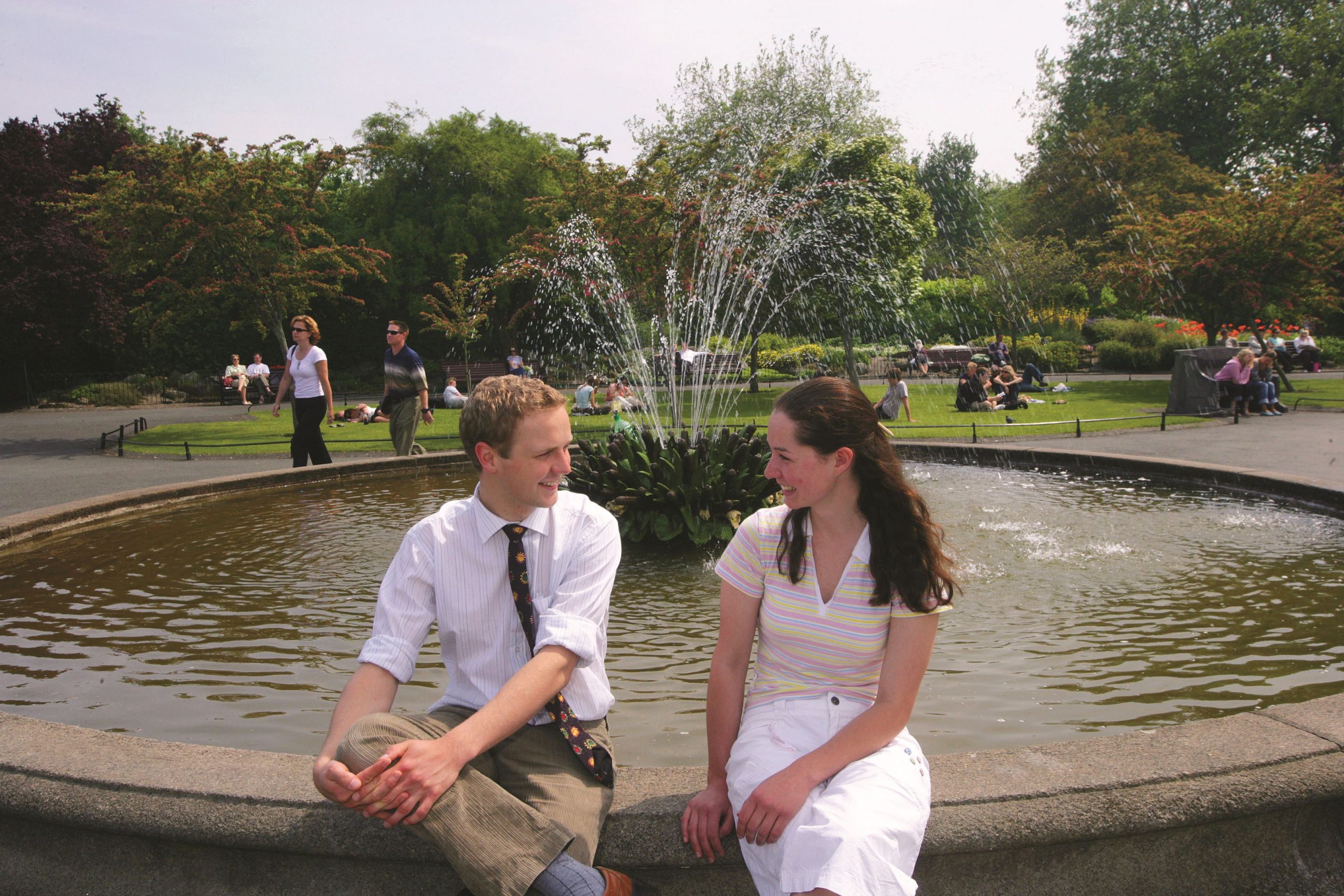Thanks to our friends in Tourism Ireland for their take on leap day traditions in Ireland – now ladies this is your chance!
2024 is a leap year and, according to old Irish traditions, the occurrence of 29 February is a chance for females to propose.
What will you do with the extra day available in 2024? In the Ireland of bygone days, 29 February had a special significance for unmarried women as it was their opportunity to propose to a man rather than have to wait for the man’s proposal.
It’s said that the tradition began in the fifth century when St Brigid complained to St Patrick that women had to wait far too long for men to propose. St Patrick then decreed that women could propose once every four years on 29 February.
The ‘decree’ became part of Irish folklore and even into the early twentieth century it was taken seriously by some people who were anxious to be betrothed by the time Lent came round. In the southwest of Ireland, in particular, those who remained single in February could find their names on the Skellig Lists. These printed ballads were named after Skellig Michael, a tiny island off the coast of County Kerry, which was regarded by some as a last chance saloon for the unattached.
The island is now better known as a UNESCO World Heritage Site because of the remains of the sixth-century monastery which can still be seen there. It’s also famous for being the backdrop for a key scene starring Luke Skywalker in Star Wars: The Force Awakens.

Ironically, a leap year was also seen as an unlucky year to get married, so even those who managed to snag a fiancé had to wait for the walk up the aisle.
Although outdated nowadays, the tradition of proposing on 29 February endures in a light-hearted way and there are lots of women who use the date to propose. The idea was even brought to the big screen in the 2010 film Leap Year. The romcom, which followed a woman’s journey to get to her boyfriend in time to propose on 29 February, was set in Ireland and filmed across locations in Dublin, Wicklow and the Aran Islands.
Inishmore, the largest of the Aran Islands, was a key filming location, with the famous proposal scene taking place outside the walls of Dún Aonghasa, an important prehistoric stone fort.

Beautiful Glendalough in the Wicklow Mountains National Park featured as the backdrop to the wedding scene. This gorgeous landscape is a favourite with walkers and the sixth-century monastic village in Glendalough is one of the island’s top visitor attractions.
The setting for the romantic stroll after the wedding was actually St Stephen’s Green in Dublin, while elegant Carton House, a Fairmont Managed Hotel, in County Kildare also featured. The hotel, which has two championship golf courses in its grounds, has recently been announced as the venue for the 2024 KPMG Women’s Irish Open.

If you want to explore more of Ireland’s rich and fascinating folklore visit the National Folklore Collection, based in University College Dublin. The collection includes audio and visual recordings as well as books, manuscripts and rare printed matter spanning material culture, oral literature, language and artistic expression. Part of the collection has been inscribed into the UNESCO Memory of the World Register.
